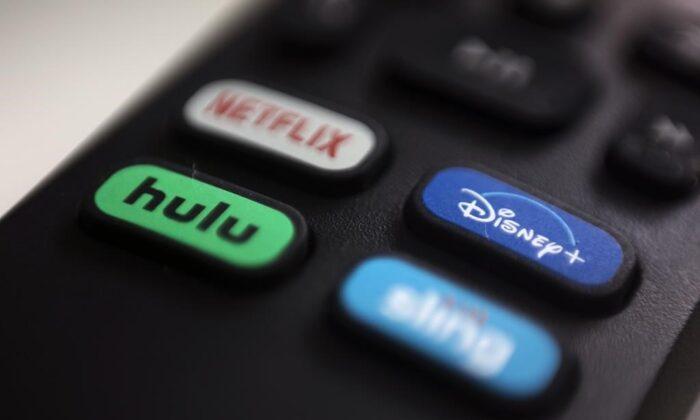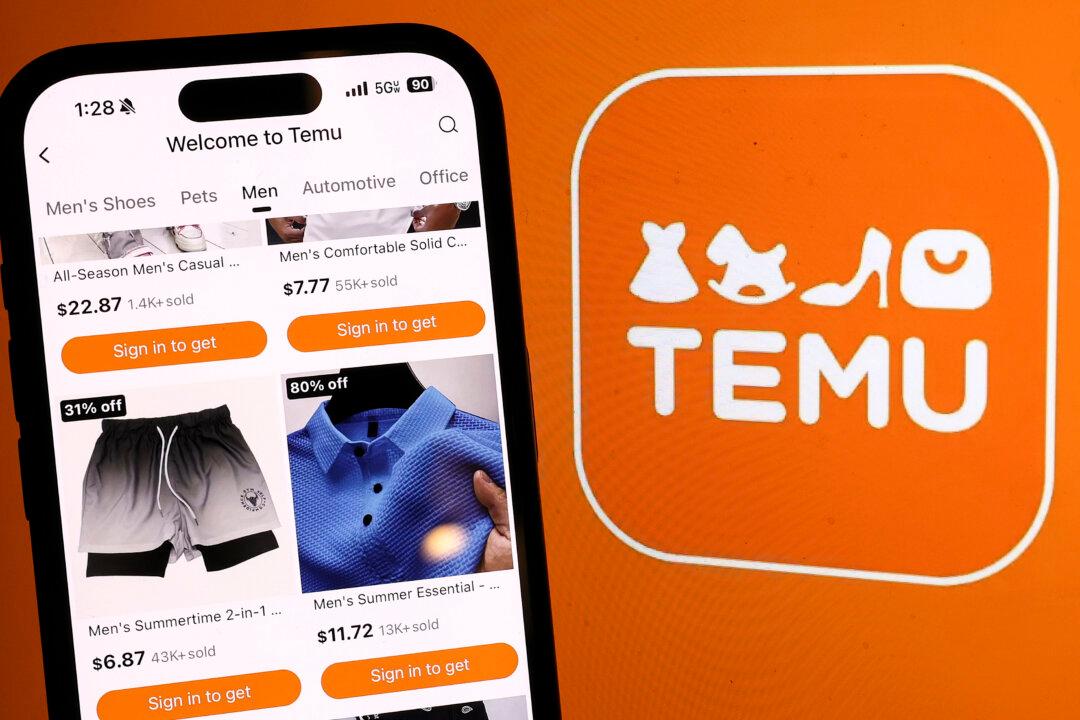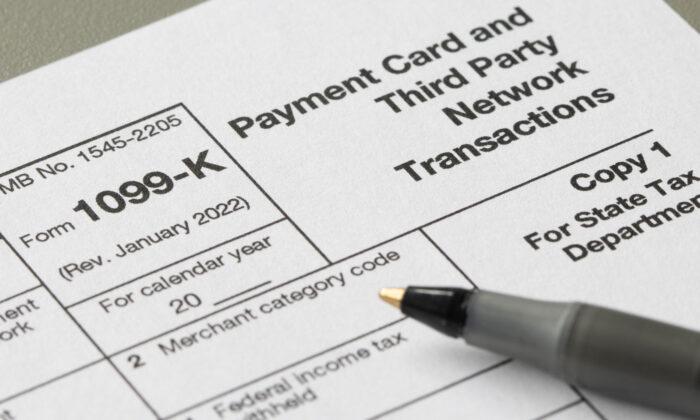When you sign up with a cable or satellite provider, the first-year pricing is usually a great deal. But then the second-year hits, and you have sticker shock, and reality sets in. That first-year deal turns out to be the bait that locks you into a high-priced trap.
Establish Viewing Priorities
When looking for the best deal, establish what you absolutely need to watch. Make a list. Discuss with your family what shows they like to watch and can’t live without, and discuss which shows you can forgo.Beware Basic Cable Plans
One of the first values in viewing is the basic cable plan. In most cases, you’re paying for the same stations you'd receive if you just went over-the-air (OTA) with a TV antenna. You’re paying up to $60 monthly for cable, or $720 yearly. An OTA antenna only costs $25–60 one time, and they’re easy to install.Don’t Bundle Cable
Most cable providers offer à la carte programming and internet plans. The only real benefit of bundling is receiving one bill for your services. Making automatic payments will relieve the inconvenience of separate services.What Cable Really Costs
Cable comes at a high price. The average cost of TV cable is $86.62 per month. This provides an average of 198 channels. Do you watch all those channels? You probably don’t even come close to watching 198 channels.Investigate Streaming Services
Whether you pay a little more and go ad-free or pay less and watch the ads, streaming services are less expensive than cable TV.Bundling Streaming Services
Choose a couple of streaming services based on programming and price. You can make your own bundle, or go with a streaming service that does the bundling for you.For example, the Disney bundle combines Hulu, Disney plus, and ESPN plus for only $19.99 monthly.
The best part of creating an individual bundle is customization. You’re choosing only the programming your family wants to watch. There’s no waste.
Some of the services have free trials, so you can test them before committing. Experiment with different services until you find what works for you.
Use a Streaming Device
Like you need a cable box, you'll need a streaming device. If you have a smart TV, you’re ready to go. Some game consoles also have the app built in. But if you don’t own either one, you can still use streaming services. Buy a new streaming device. Some great ones are Roku Streaming Stick 4K, Chromecast with Google TV 4K, Amazon Fire Tv Stick 4K Max, Apple TV 4k, etc.Although some can be a little pricey—the Amazon Fire TV Stick 4K Max, for example, is over $100—Chromecast Google TV 4K will run you around $40. But remember, this is a one-time investment.
Over the Air for Local
You have streaming, but you want to watch the local news or other local shows. That’s where OTA comes into play. It’s free and easy to set up.You’ll need an OTA antenna. This is easy to install. And you have the option of an outside or inside antenna—that way you don’t have to climb on the roof unless you want to. And have no fear—these antennas are not the old rabbit ears. If you go for an indoor antenna, you’ll have a slick modern version.
You'll want to point the antenna toward television stations; but if you have a mountain between you and the television stations, it probably won’t work.
Cut Cable’s Cord
Do a trial run. Purchase a streaming device and decide if you like the programming that comes with streaming. Then, find out if you use OTA TV combined with streaming if that satisfies your viewing needs.If it works out, then cut the cord and save hundreds of dollars.






